Online trading has seen numerous technological innovations over the years. Two of the most notable advancements are algorithmic trading and AI-driven trading. Both utilize technology to automate and enhance trading activities, but they do so in different ways. In this article, we’ll explore the differences, benefits, and potential drawbacks of both approaches.
1. What is Algorithmic Trading?
Algorithmic trading, often referred to as “algo-trading”, is a method where buy and sell orders are automatically placed based on a predefined set of rules. These rules are crafted from historical data and are primarily based on factors like price, volume, and other quantitative criteria.
Key Characteristics:
- Rule-Based: Trades are executed based on a predetermined set of rules. For example, an algorithm might be programmed to sell a particular stock if it drops by 5% in one trading day.
- Speed & Precision: Algorithms can process vast amounts of data and execute trades in milliseconds, far quicker than any human trader.
- Consistency: Algo-trading removes human emotion from the process, aiming for a consistent trading approach.
2. What is AI-Driven Trading?
AI-driven trading, on the other hand, leverages machine learning, neural networks, and other artificial intelligence methodologies to analyze data and make trading decisions. Unlike traditional algorithms that operate on a set of static rules, AI-driven systems learn from the data and continuously adapt their trading strategies over time.
Key Characteristics:
- Learning & Adaptation: AI models learn from new data, allowing them to adapt and evolve their trading strategies. This is especially important in the dynamic world of trading where market conditions constantly change.
- Complex Data Analysis: Through Neural Networks and deep learning, AI can analyze vast and complex datasets, uncovering patterns and relationships beyond human comprehension.
- Natural Language Processing: AI-driven trading systems can process and analyze unstructured data, such as news articles or social media, to gauge market sentiment. Read more about this in our article on NLP and Financial News Analysis.
3. Benefits & Drawbacks
Both algorithmic and AI-driven trading offer unique advantages:
Algorithmic Trading:
- Pros: Speed, precision, and consistency. Effective for strategies that require rapid execution.
- Cons: Can be rigid. Without regular updates, algorithms might become outdated. Susceptible to systematic errors—if there’s an error in the code or logic, it can result in significant losses.
AI-Driven Trading:
- Pros: Flexibility and adaptability. Capable of analyzing and processing diverse data sources. Potential to discover new trading strategies through learning.
- Cons: Complexity can lead to unpredictability. Over-reliance can lead to overfitting, where the model becomes too tailored to past data and performs poorly with new data.
4. The Future of Trading
The future likely holds a combination of both algorithmic and AI-driven trading. While algorithmic trading provides a stable foundation, AI offers adaptability. As AI technology continues to evolve, especially with advancements in quantum computing, it will play an increasingly prominent role in shaping the trading landscape.
5. Conclusion
Whether you lean towards algorithmic or AI-driven trading, it’s essential to understand the underlying mechanisms, benefits, and challenges. As with all trading strategies, due diligence, continuous learning, and adaptability are key to success.
